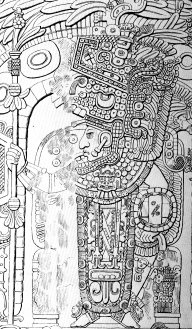| Years |
|---|
| Millennium |
| 1st millennium |
| Centuries |
| Decades |
| Years |
| 734 by topic |
|---|
| Leaders |
| Categories |
| Gregorian calendar | 734 DCCXXXIV |
| Ab urbe condita | 1487 |
| Armenian calendar | 183 ԹՎ ՃՁԳ |
| Assyrian calendar | 5484 |
| Balinese saka calendar | 655–656 |
| Bengali calendar | 140–141 |
| Berber calendar | 1684 |
| Buddhist calendar | 1278 |
| Burmese calendar | 96 |
| Byzantine calendar | 6242–6243 |
| Chinese calendar | 癸酉年 (Water Rooster) 3431 or 3224 — to — 甲戌年 (Wood Dog) 3432 or 3225 |
| Coptic calendar | 450–451 |
| Discordian calendar | 1900 |
| Ethiopian calendar | 726–727 |
| Hebrew calendar | 4494–4495 |
| Hindu calendars | |
| - Vikram Samvat | 790–791 |
| - Shaka Samvat | 655–656 |
| - Kali Yuga | 3834–3835 |
| Holocene calendar | 10734 |
| Iranian calendar | 112–113 |
| Islamic calendar | 115–116 |
| Japanese calendar | Tenpyō 6 (天平6年) |
| Javanese calendar | 627–628 |
| Julian calendar | 734 DCCXXXIV |
| Korean calendar | 3067 |
| Minguo calendar | 1178 before ROC 民前1178年 |
| Nanakshahi calendar | −734 |
| Seleucid era | 1045/1046 AG |
| Thai solar calendar | 1276–1277 |
| Tibetan calendar | 阴水鸡年 (female Water-Rooster) 860 or 479 or −293 — to — 阳木狗年 (male Wood-Dog) 861 or 480 or −292 |

Year 734 ( DCCXXXIV ) was a common year starting on Friday of the Julian calendar, the 734th year of the Common Era (CE) and Anno Domini (AD) designations, the 734th year of the 1st millennium, the 34th year of the 8th century, and the 5th year of the 730s decade. The denomination 734 for this year has been used since the early medieval period, when the Anno Domini calendar era became the prevalent method in Europe for naming years.